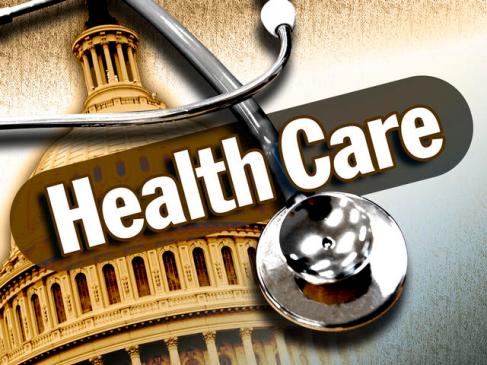
In the United States, healthcare is financed through a few different avenues which can largely depend on a number of different factors including but not limited to age, employment, military status, and economic status to name a few. For example, individuals involved with the military as well as their families who qualify as dependents may receive their coverage from the federal government (National Institutes of Health, 2013). Medicare, generally designated for adults over the age of 65 or those under 65 who have a physical disability and/or end stage renal disease receive their health care coverage from the federal government as well (United Healthcare, 2014), which approximately 13% of the US population receives according to the National Institute of Health (2013). On the other hand, Medicaid, developed to assist low-income individuals and their families is funded not only by the federal government but also at the state level (United Healthcare, 2014), about which approximately 10% of the US population receives (National Institute of Health, 2013). Often those who are employed receive health care coverage through their employer which could include “traditional indemnity insurance or a managed care plan” which include Preferred Provider Organization (PPO), Point of Service Plans (POS), and Health Maintenance Organization (HMO), approximately 64% of the United States is covered through some form of an employer insurance plan (National Institutes of Health, 2013, par 2).
In the year 2000 alone, health care spending was well estimated to be over a trillion dollars, an increase thought to be attributed to a number of factors including prescription drug spending, aging population, and the high demand for complex and progressive technology (National Institutes of Health, 2013).
The following is an interview with Ms. Natalie Wilson whose professional background includes a degree in actuarial science from the Wharton School from the University of Pennsylvania. She currently works for United Health Group in their finance department for federal government health plans.
As a professional with a background in actuarial science, how would you describe current healthcare spending in the Unites States and do you think that the amount spent on healthcare is appropriate?
No, healthcare spending in the US is inappropriately high due to several contributing factors including rising healthcare costs, steadily increasing hospital and provider prices, wasteful spending and unhealthy lifestyles. Preventable trips to the emergency room and unnecessary procedures are a few examples of wasteful spending at the consumer and provider level. Also, the growing burden of chronic diseases adds significantly to escalating health care costs. Much of this cost is preventable, since many chronic conditions are linked to unhealthy lifestyles. Additionally, advances in medical technology, while expanding the range of treatment options available to patients, have replaced lower-cost options with higher-cost services and contributed significantly to increased health care spending. Another driver is an aging population with an increased life expectancy, which leads to additional healthcare expenditures.
Do you think that with the health care reform initiatives such as the Affordable Care Act, health expenditures will stay the same, increase, or decrease and why?
I expect that health care expenditures will decrease with healthcare reform initiatives. The Affordable Care Act’s provision that insurance policies cover preventative care may also reduce overall long-term health costs based on the premise that if people receive preventative care, they will be less likely to suffer from chronic health conditions that drive increased healthcare spending. An additional cost-cutting tool of the ACA is the penalization of hospitals with reduced government Medicare reimbursements for an excess number of readmits who were released from the hospital and return within a month with specific preventable conditions. Additionally, accountable care organizations will encourage coordinated healthcare for patients amongst hospitals, primary care physicians and other providers to decrease wasteful spending and determine appropriate levels of care.
In your opinion, are there specific areas within the federal healthcare budget that need to be adjusted?
In its current state, Medicare and Medicaid, the federal government’s major healthcare programs, are not sustainable. An aging and longer living population with chronic diseases equates to an increase in unfunded obligations far beyond the scope of current contributions. A stronger push needs to be made to reduce rapidly rising health care costs through healthcare reform in order to ensure that these programs remain funded for future generations.
What recommendations do you have for the federal government in regards to healthcare financing?
I am a firm supporter of the Affordable Care Act and feel that reducing the uninsured population will have a positive long-term impact on healthcare spending in the US. Encouraging preventative care and rewarding providers for coordinating collaborative healthcare plans for members will significantly reduce healthcare spending. I would also encourage increased spending on healthy lifestyle initiatives, as preventable chronic diseases, largely linked to obesity, are causing increased healthcare costs. In addition, modifying doctor incentives to focus on better care rather than fee for service, as addressed in the ACA’s penalization for readmits, will help reduce spending.
References
National Institutes of Health (2013). Health Economics Information Resources: Module 2- Sources and Characteristics of Information Relating to Health Care Financing in the US. Retrieved from http://www.nlm.nih.gov/nichsr/edu/healthecon/02_he_01.html
United Health Care (2014). Medicare vs. Medicaid. Retrieved from http://www.medicaremadeclear.com/about/medicare-vs-medicaid/






